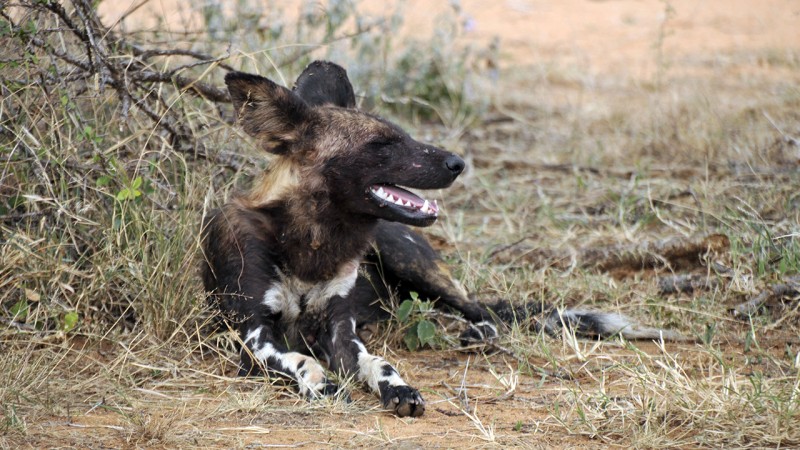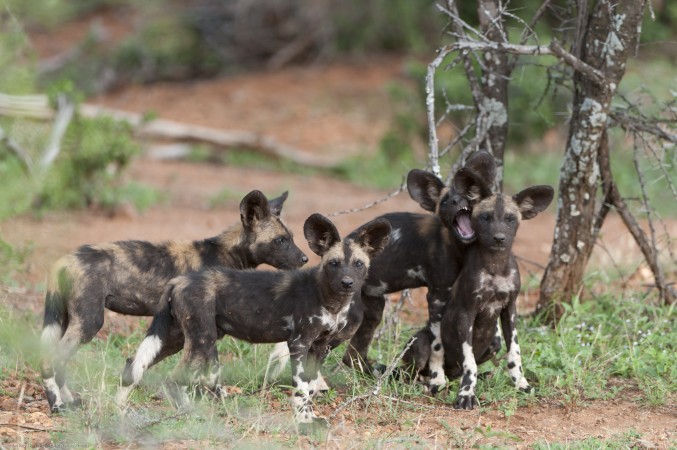Viewers of the live cams caught a lucky sighting of the endangered African wild dogs, also known as painted dogs, zigzagging edges of Mpala’s hippo pool some months ago. At that time several large packs were flourishing on Mpala and neighboring conservancies. From the home of African Wildlife, researcher Dedan Ngatia describes recent fortunes of our African wild dogs.
Up until a couple of months back, Mpala was home to many packs that have since been wiped out by the deadly Canine Distemper Virus disease—believed to have been transmitted to them by domestic dogs.
Dedan explains the perils to the African wild dog as he and other conservationists in Africa strive to save this magnificent hunter from extinction. It is a unique wild canine species that is, unfortunately, one of the world’s most endangered animals.
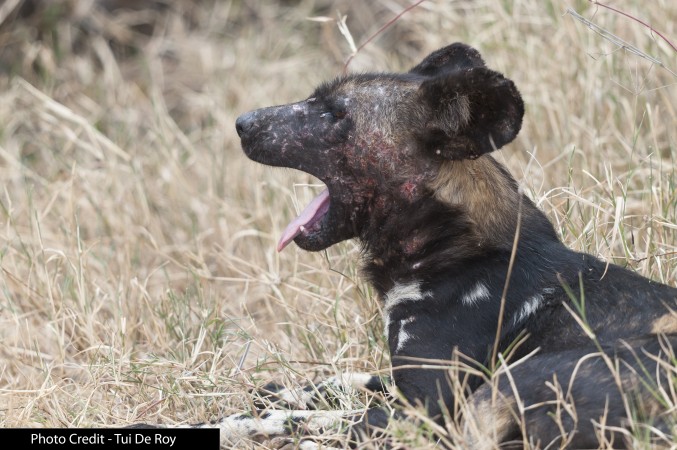
African wild dogs are social animals and hunt in packs of six to ten individuals. The highly successful predators target medium-sized ruminants, such as warthogs and various antelope species. Swift and deadly, African wild dogs can reach speeds of up to 44 mph (71kph). Their success rate during a hunt culminates in a kill, almost always.
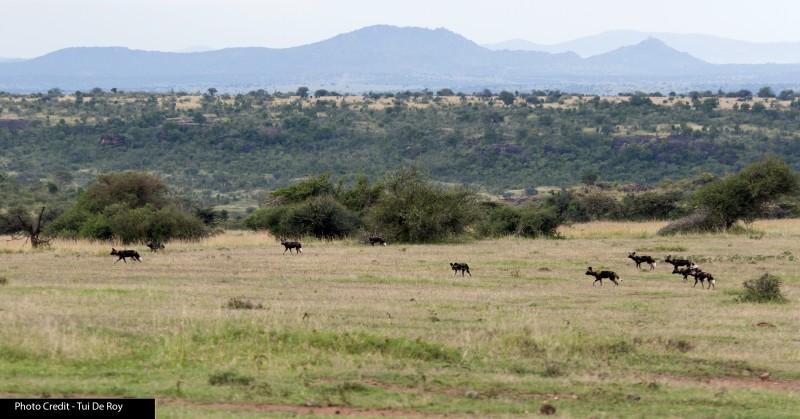 Human population growth leading to encroachment of wildlife spaces is the greatest threat to the species. As Dedan explains it, African wild dogs have few natural predators but pastoralists hunt and kill them out of fear that they prey on their livestock. At the height of a prolonged severe drought in the region last year, pastoralists invaded wildlife conservancy areas in a desperate search for grazing grounds.
Human population growth leading to encroachment of wildlife spaces is the greatest threat to the species. As Dedan explains it, African wild dogs have few natural predators but pastoralists hunt and kill them out of fear that they prey on their livestock. At the height of a prolonged severe drought in the region last year, pastoralists invaded wildlife conservancy areas in a desperate search for grazing grounds.
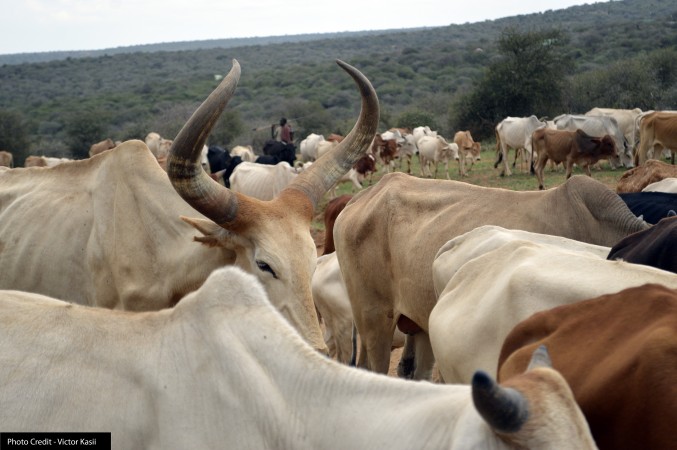
Human beings traversed the rangelands with large herds of cows, goats, sheep, donkeys and camels, domestic dogs tagged along as man’s best friend. Dedan explains that domestic dogs are the main reservoirs of Canine Distemper Virus and rabies, and it is suspected that during the land invasions in Laikipia, direct or indirect interaction between
wild and domestic dogs caused the deadly disease to cross over.
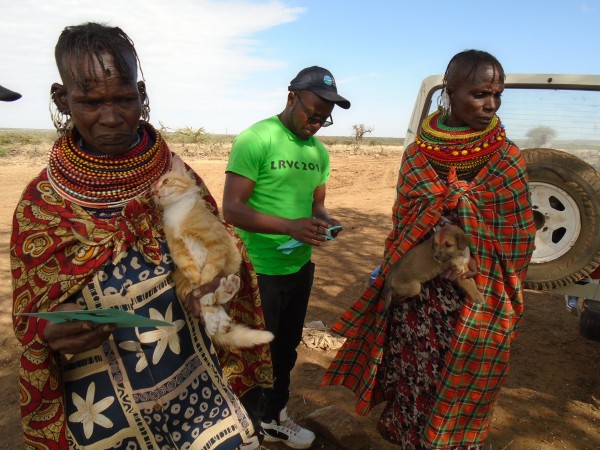
In an effort to stay ahead of diseases such as rabies and canine distemper virus, researchers at Mpala have in the past couple of years embarked on an ambitious rabies vaccination campaign for domestic dogs in the region. The annual drive, dubbed Laikipia Rabies Vaccination Campaign (LRVC), provides shots for up to 10,000 domestic dog.
The 2017 chapter kicks off this first weekend of November at Mpala’s neighboring community in Il Motiok. In Kenya, the highly infectious rabies virus kills nearly 2,000 people every year. Through efforts like the LRVC, it is hoped that Kenya will be free of rabies by the year 2030.
Back at the Mpala Research Centre, the Kenya Rangelands Wild Dog and Cheetah Project seeks to enhance co-existence between wild carnivores and local communities through the use of technology. By collaring these animals, researchers are able to track their movements and through a location mechanism relay information to ranchers and local communities of likely human-wildlife conflict hot spots.
Recently a pack of three was spotted! With new sightings of packs and individual wild dogs in neighboring conservancies, we hope this magnificent hunter will soon be back and thriving.
Peace,
Victor Kasii @mpalalive

